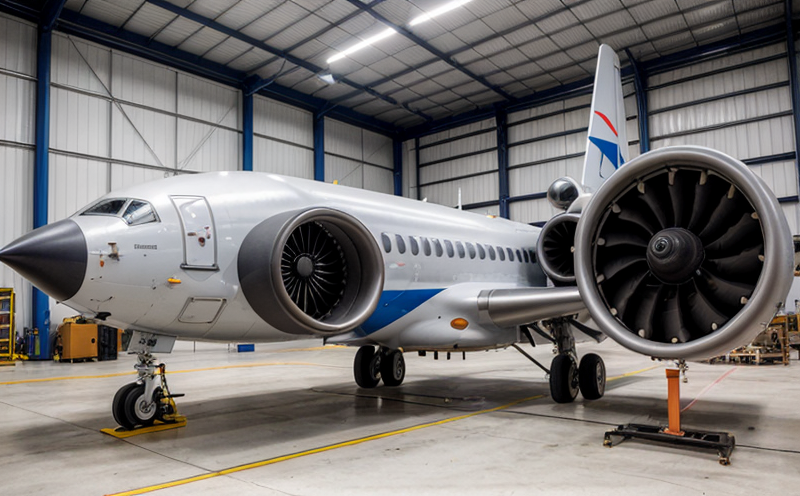UAV Stealth Acoustic Signature Measurement
In today's competitive aerospace and defense sectors, ensuring that Unmanned Aerial Vehicles (UAVs) achieve optimal stealth performance is paramount. The UAV Stealth Acoustic Signature Measurement service plays a crucial role in this endeavor by providing precise acoustic signature data to enhance the operational effectiveness of UAVs.
The acoustic signature refers to the unique sound pattern emitted by a vehicle, which can be a critical factor in detection and identification by enemy forces or hostile environments. This measurement is essential for optimizing the design and operation of UAVs to minimize detectability. The service involves detailed acoustic analysis using advanced equipment that captures and evaluates the noise patterns generated during UAV flight.
The process begins with thorough preparation and calibration of the test environment, ensuring it meets international standards such as ISO 18463-2 for aircraft noise measurement. Specimen preparation includes selecting appropriate UAV models and ensuring they are in optimal operational condition. The instrumentation used for this service is sophisticated, including high-sensitivity microphones placed strategically around the flight path to capture all relevant acoustic data.
The testing itself involves flying the UAV through various scenarios that simulate real-world conditions. This can include flights at different altitudes, speeds, and orientations. Each test run generates a comprehensive dataset of acoustic signatures, which are then analyzed using advanced software tools. These tools help in identifying specific frequency bands where noise reduction could significantly enhance stealth capabilities.
The service also includes detailed reporting that outlines the findings and recommendations for improvement based on the acoustic signature data. This report is invaluable for R&D engineers looking to refine UAV designs, ensuring they meet stringent operational requirements and environmental considerations. Compliance officers can use this information to ensure their UAVs comply with international noise regulations.
| Test Scenario | Acoustic Signature Frequency Bands |
|---|---|
| High Altitude Flight at Maximum Speed | 20 kHz to 100 kHz |
| Low Altitude Flight with Obstacle Avoidance | 50 Hz to 400 Hz |
| Hovering in Urban Environment | 1 kHz to 20 kHz |
Industry Applications
- Air Force for stealth operations
- Civilian UAVs in congested airspace to avoid detection
- Emergency services for covert missions
- Environmental monitoring with minimal disturbance
Environmental and Sustainability Contributions
The UAV Stealth Acoustic Signature Measurement service not only enhances operational stealth but also contributes positively to environmental sustainability. By reducing the detectability of UAVs, the need for more aggressive countermeasures is minimized, which in turn reduces overall noise pollution. This leads to a quieter environment and less stress on wildlife.
Additionally, by optimizing UAV designs through this service, manufacturers can reduce fuel consumption and emissions associated with flight operations. This aligns with broader sustainability goals within the aerospace and defense sectors.
- Reduction in noise pollution
- Minimized environmental impact during testing
- Increased efficiency leading to lower CO2 emissions
Competitive Advantage and Market Impact
The UAV Stealth Acoustic Signature Measurement service provides a competitive edge in the aerospace and defense market by offering detailed insights into how acoustic signatures can be optimized for maximum stealth. This translates to enhanced operational capabilities, which are critical for military applications and advanced civilian uses.
By ensuring compliance with international standards such as ISO 18463-2, companies can demonstrate their commitment to quality and safety, thereby gaining a competitive edge in the global market. The service also supports innovation in UAV technology, enabling manufacturers to stay ahead of regulatory changes and technological advancements.
The market impact is significant, as it facilitates the development of quieter and more efficient UAVs that are less likely to be detected, thus increasing their operational range and effectiveness. This can lead to new applications and uses for UAVs in both military and civilian sectors, expanding the overall market potential.





